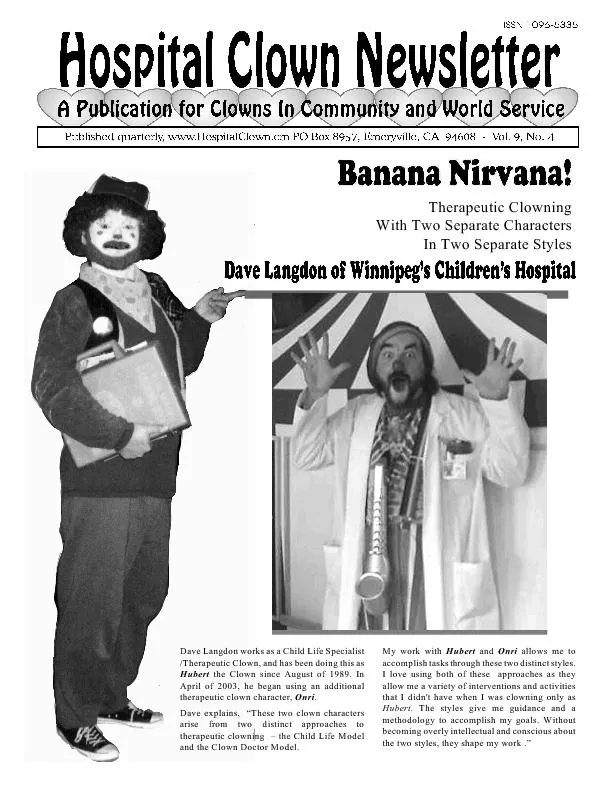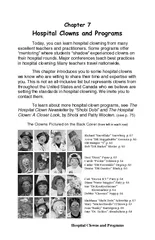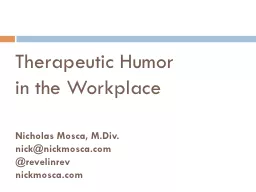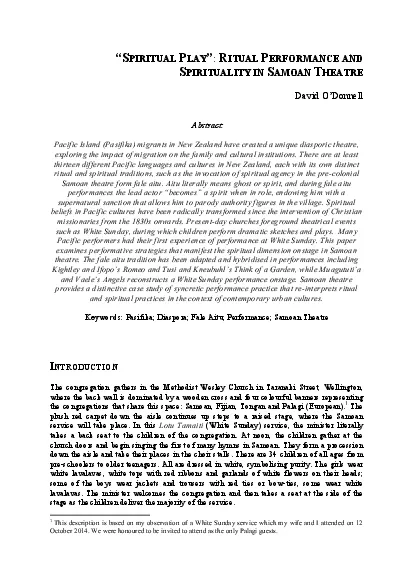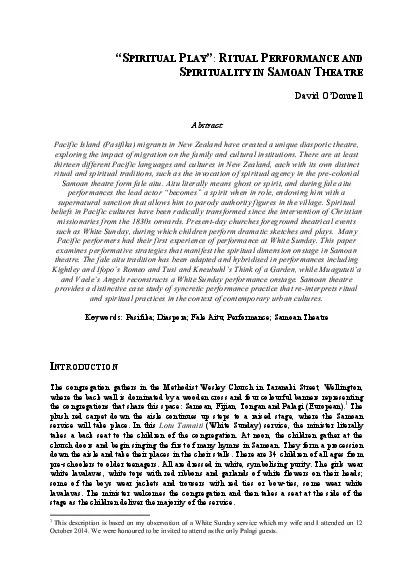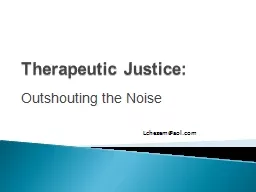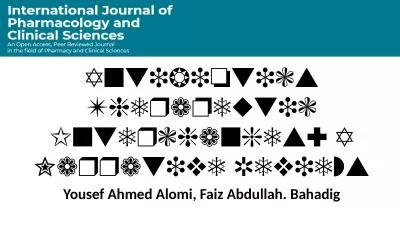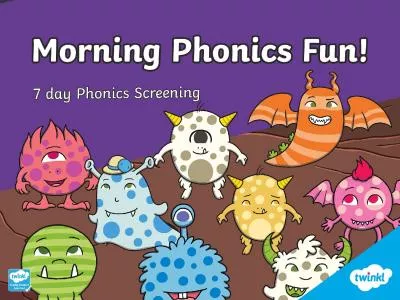PDF-Therapeutic Clowning
Author : test | Published Date : 2016-03-06
With Two Separate Characters In Two Separate Styles Dave Langdon works as a Child Life Specialist Therapeutic Clown and has been doing this as Hubert the Clown since
Presentation Embed Code
Download Presentation
Download Presentation The PPT/PDF document "Therapeutic Clowning" is the property of its rightful owner. Permission is granted to download and print the materials on this website for personal, non-commercial use only, and to display it on your personal computer provided you do not modify the materials and that you retain all copyright notices contained in the materials. By downloading content from our website, you accept the terms of this agreement.
Therapeutic Clowning: Transcript
Download Rules Of Document
"Therapeutic Clowning"The content belongs to its owner. You may download and print it for personal use, without modification, and keep all copyright notices. By downloading, you agree to these terms.
Related Documents

